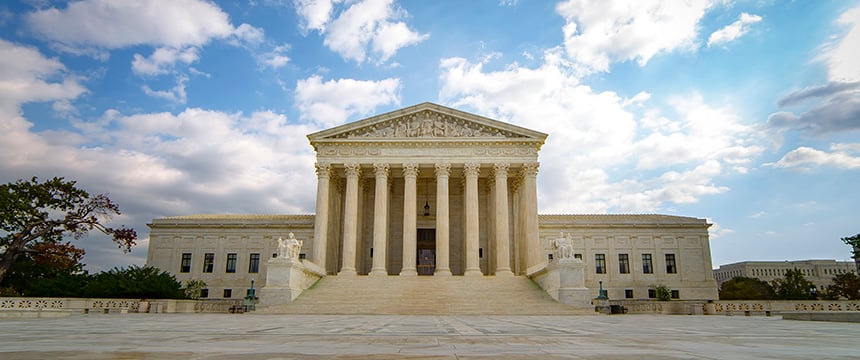Supreme Court Considers Extent to which Business Communications Are Protected By the Attorney Client Privilege

Soon the Supreme Court may provide new direction as to how to assess whether the attorney-client privilege protects dual purpose communications — that is, communications with both a legal and non-legal purpose. On Monday, January 9, 2023, the Supreme Court heard oral argument in In Re Grand Jury No. 21-1397, a case pitting standards for assessing the attorney-client privilege against one another. The case may have ramifications in particular for lawyers who engage in intertwined business and legal communications where the legal advice, or request for legal advice, cannot simply be parsed out from the business discussion for redaction.
The petitioner asked the Supreme Court to overturn the Ninth Circuit’s “primary purpose” test and adopt the “significant purpose” test. In contrast to the “primary purpose” test, under the “significant purpose” test, the legal purpose does not need to be the primary purpose of the communication for the communication to be privileged. Counsel for the petitioner asserted that any legal purpose of the communication — so long as the legal purpose is “bona fide,” “real and legitimate,” and “not pretextual” — should render the communication privileged in parts of the communication where legal and non-legal purposes cannot be separated. He explained that the “primary purpose” test requires courts to “disentangle competing purposes and identify the single most important one,” which he called “an inherently impossible exercise” that creates too much uncertainty.
On the other hand, the respondent for the government argued the primary purpose test is the proper one, and the test applied means a communication is not privileged where a primary purpose is discernable and non-legal or where the legal purpose is discernably subsidiary to the non-legal purpose. Counsel for the respondent argued the “primary purpose” test — despite its name and usual description — did not necessarily require courts to rank purposes and ascertain a primary purpose but rather if a non-legal primary purpose is ascertainable, or it is ascertainable that the legal purpose was subsidiary, the test would render the communication not privileged. In a tie, she suggested, courts should consider the communication privileged.
The justices questioned the parties on the application of their advocated tests in situations where a lawyer is invited to a business meeting — or copied on an email exchange — to issue-spot or weigh in where the lawyer sees fit.
Implications for internal investigations also were discussed, even though the matter before the Supreme Court did not relate to an internal investigation. The respondent described internal investigations as the “classic situation where it’s really hard to extricate the [non-legal or legal] purposes” and noted when it comes to internal investigations, courts often have found privilege. The petitioner did not disagree with this but argued courts should not have to engage in “slicing and dicing” of which internal investigations with a legitimate legal purpose were privileged and which were not, creating a “recipe for confusion.”
Foley is here to help you address the short- and long-term impacts in the wake of changes. We have the resources to help you navigate these and other important legal considerations related to business operations and industry-specific issues. Please reach out to the authors, your Foley relationship partner, or to our Government Enforcement Defense and Investigations Group with any questions.

